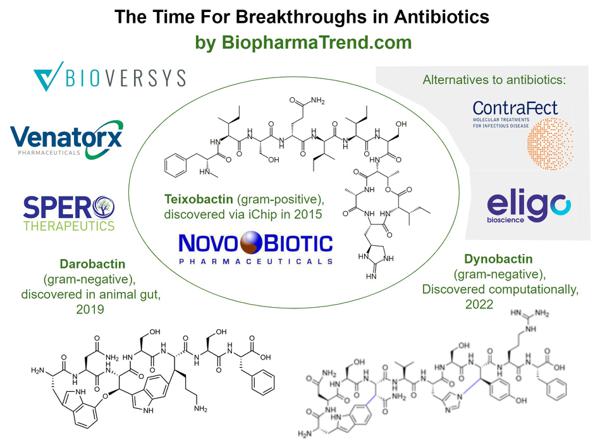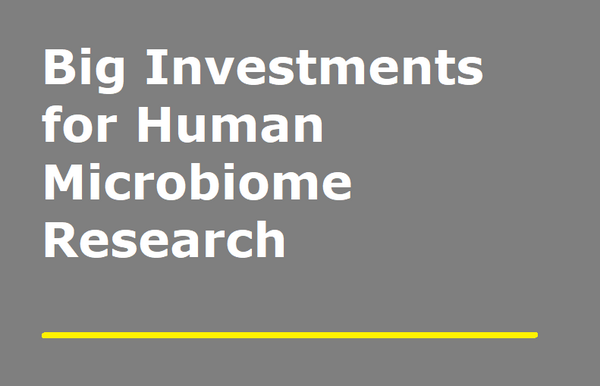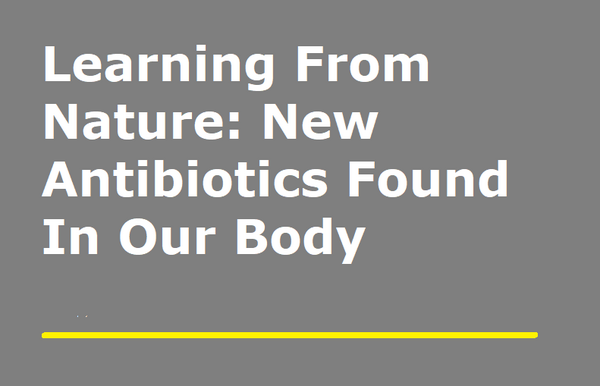New Liposome Treatment for Community-acquired Pneumonia
New research, published in The Lancet Infectious Diseases, presents the first clinical results with CAL02 in patients suffering from severe pneumonia, the first cause of infectious mortality in the world.
The findings are of significance for pharmaceutical companies and the medical sector. This is in the context of a time of great struggle for antibiotic companies given the increase in instances of antibiotic resistant bacteria. What is of particular global concern is the acceleration of resistance. U.S. Centers for Disease Control and Prevention (CDC) data finds that many high-income countries are entering a “post-antibiotic era.”
One reason for the accelerated pace of resistance is down to the use and misuse of antimicrobial drugs, such as over-prescribing or the high levels that are used in agriculture. Antimicrobial resistance often occurs due to gene transfer, meaning that some organisms of a population are resistant to a certain antimicrobial, whereas others are not. This can be a spontaneous or induced mutation.
This situation requires the development of new therapies, such as the synthesis of new drugs or drug analogs, or a modification of the therapeutic index of established active drugs. One area of interest is the application of drug carriers, such as liposomes, which connects with CAL02 development.
Based on the study findings, CAL02 might well bring a total revolution in the treatment of severe infections. CAL02 is a universal, simple, and highly efficient non-antibiotic drug capable of neutralizing the bacterial toxins known to cause severe, and sometimes deadly, complications. CAL02 aims at becoming the first drug patients with a severe infection receive and will transform medical care.
The breakthrough comes from Combioxin SA, which is a Swiss-based clinical-stage biotechnology company founded in 2015.
CAL02 offers a new solution for medical professionals, in the form of a medication intended to be simple, affordable and highly efficient. The reason why there is considerable interest in CAL02 is that it does not induce resistance, overcoming the issues limiting antibiotics in terms of bacteria undergoing gene transfer in order to confer resistance to a given antimicrobial compound. A further advantage of CAL02 is that it can be administered by a medical professional before pathogen identification.
CAL02 is composed of liposomes engineered to entrap and neutralize a large panel of bacterial toxins, particularly those medically identified as causing severe complications. A liposome is a spherical vesicle having at least one lipid bilayer. In medical research, liposomes are considered one of the most versatile and promising drug-carrier devices.
The conceptual difference with CAL02 is that unlike antimicrobials which seek to kill viable bacteria, ‘antivirulence approaches’ like CAL02 have been tailored not to kill but instead to disarm bacteria by targeting their virulence factors.
The application of CAL02 is focused on neutralizing bacteria’s most deadly weapons - the toxins which promote colonization and bacterial growth, disrupt tissue barriers and facilitate invasiveness. According to the Antimicrobial Resistance Industry Alliance, such toxins can also impede the host’s immune defense against the pathogen, and create favorable conditions for the growth and dissemination of opportunistic bacteria.
Based on clinical trial results, which were designed to assess the safety and efficacy of CAL02, carried out at an intensive-care-unit with patients with severe community-acquired pneumococcal pneumonia, the results obtained are encouraging.
Pneumococcal pneumonia is a form of bacterial pneumonia triggered by the bacterium Streptococcus pneumoniae (or ‘pneumococcus’). The bacterium is Gram-positive and appears coccoidal under a light microscope. This is a common type of community-acquired pneumonia. By ‘community-acquired’, this refers to a disease contracted by a person with little contact with the healthcare system. Initial symptoms include severe chill, later including severe fever, cough, shortness of breath, rapid breathing, and chest pains. The biggest at-risk patient groups are children and the elderly.
This new study using CAL02 was a human study conducted as a randomized, double-blind, placebo-controlled trial. The trial used a patient population where 58 percent of those involved were classed as being in septic shock and 42 percent were under invasive mechanical ventilation, at the time of treatment.
The test subjects were divided into two sets. The subjects either received two intravenous administrations of CAL02 or, alternatively, they were administered a placebo. The patients were then tracked over the course of 29 days. The primary focus of the study was safety, and the results showed that CAL02 was as safe as the placebo. The clinical data further showed that those who were treated with CAL02 showed faster clinical improvement. This included a faster resolution of organ dysfunctions. There was also a reduction in the time that those on mechanical ventilation needed to continue using this equipment. However, the difference between high-dose and low-dose CAL02 could not be assessed in this study, promoting the need for further investigation.
Going forward, this alternative approach to combating bacterial infections could provide a significant improvement in terms of the survival rates in terms of the infections which pose the greatest threat, like hospital-acquired bacterial pneumonia (in addition to community-acquired infections) plus ventilator-associated bacterial pneumonia, sepsis, endocarditis, or osteomyelitis.
As part of the review of the study outcomes, the medical journal The Lancet has published an editorial comment, entitled “One step closer to precision medicine for infectious diseases.”, ranking “this study a medical breakthrough”.



